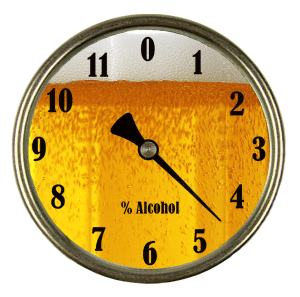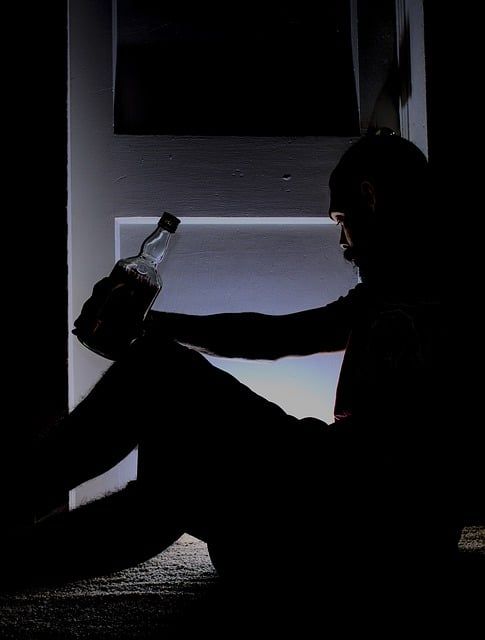 Blood alcohol concentration (BAC) is the standard measurement for determining how intoxicated we are. Through complex “body math,” we each have an output of alcohol in our blood. Too much alcohol in the blood leads to bad decisions, including drunk driving. The complexity comes from how beautifully unique we all are; one person’s BAC after two beers could be relatively different from another person’s BAC. Weight, gender and age are all factors in how we process alcohol, so it makes sense that there is a margin of error in the effects of our BAC on things like driving.
Blood alcohol concentration (BAC) is the standard measurement for determining how intoxicated we are. Through complex “body math,” we each have an output of alcohol in our blood. Too much alcohol in the blood leads to bad decisions, including drunk driving. The complexity comes from how beautifully unique we all are; one person’s BAC after two beers could be relatively different from another person’s BAC. Weight, gender and age are all factors in how we process alcohol, so it makes sense that there is a margin of error in the effects of our BAC on things like driving.
But, we still have to draw the line somewhere. Drinking and driving is risky, and can be deadly. So, that “line” is officially drawn at .08 percent BAC – about four drinks in an evening for a male of average weight and height.
Some would say that four drinks is “just getting started on the fun!” Others, like the National Transportation Safety Board (NTSB), think that a .08 BAC is actually too high, and the national “per se” limit should be lowered to .05 BAC, in light of this University of Oklahoma study. That would make “buzzed” driving actual drunk driving, and would likely cause quite an upset across the U.S. In 2013, M.A.D.D. even spoke out against lowering the BAC limit, calling the effort a waste of time.
In theory, a lower BAC would keep more drunk drivers off the road, especially coupled with all-offender ignition interlock laws. There are countries with a .05 BAC limit that have seen the number of drunk driving incidents on the roads reduced, as well. But, maybe states like Maryland and Colorado have the best approach with a “lower BAC” DUIs for those who are obviously impaired by alcohol, but not at the .08 BAC limit.
With “body math,” we can’t be sure of our BAC level, or how it can affect our ability to drive safely. Instead of doing that math, maybe we can all just make a choice to drink responsibly, and if we question the numbers, we can always phone a friend or a taxi to get us home in one piece.

 Why California Didn’t Quit the Ignition Interlock Program
Why California Didn’t Quit the Ignition Interlock Program